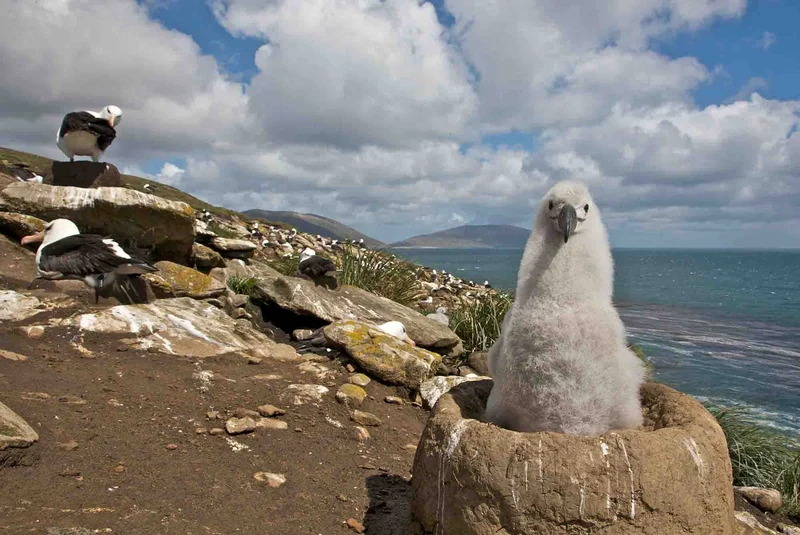
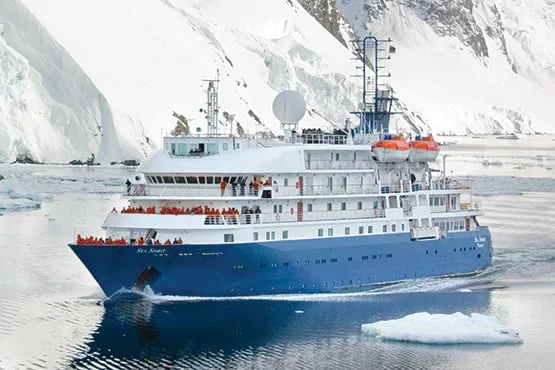
14 Day Artic Itinerary
Day 1: Longyearbyen
Follow in the footsteps and discover your Arctic adventure today!
Longyearbyen is the administrative centre of Svalbard, and our starting point for the Arctic Expedition.
Our German-speaking staff at the Longyearbyen Airport will welcome you warmly and assist your transfer to an affordable hotel that we have prearranged. You are free to wander around the town centre at leisure.
Start your journey to this fascinating Norwegian High Arctic region at the Svalbard Museum. Here, you'll find rare maps and books on polar exploration. Enjoy a delicious dinner in one of Longyearbyen’s wonderful restaurants.
Enjoy the fascinating effect of the Midnight Sun as the evenings draw in. The daylight will last throughout your entire stay on Svalbard. If the weather permits, enjoy the sun until late at night. Closing the curtains and getting a restful night of sleep will help you prepare to embark and begin your adventure the next day.
Day 2: The North Pole Expedition Museum
Breakfast is served at the hotel to start off your day. While your luggage is being transported to the vessel in the morning enjoy an exciting tour of the city exploring its history and culture.
Visit the North Pole Expedition Museum to refresh your memory of these often dangerous expeditions. You can also get an idea of what you will experience on our tour.
After this you will have free time to enjoy a meal in Longyearbyen's many restaurants or cafes, or shop for last-minute souvenirs. You'll receive your parka soon, which is yours to keep. And you can borrow waterproof boots on the ship.
It's now time to embark! We won't be on an Amundsen-style airship, or a hydroplane, but rather on the comfortable expedition ship that awaits us in Longyearbyen. You'll then be taken to the port where you will board your ship. Settle into your suite, and then explore your ship. This is your home as you embark on an extraordinary journey.
As soon as you arrive onboard, your team of expedition experts will start a program full of lectures and briefings. Enjoy the beautiful scenery of the 24 hour daylight after the first delicious dinner onboard.
Day 3, 4 & 5 : Svalbard
Our goal on this trip is to navigate the Svalbard Archipelago. Weather and ice permitting, we will attempt to reach Kvitoya - the white island that was the final resting place for the Andree Expedition in the extreme northeast of Svalbard. We can expect to land at Andreeneset unless a polar-bear pays a trip to the monument honoring the polar explorers.
We will immerse ourself in this amazing High Arctic region throughout the trip. Spitsbergen is protected by national parks. The first park along our journey, the Northwest Spitsbergen National Park, protects much of the pristine natural beauty of the island. The crown jewel of Svalbard, it is known for its deep fjords flanked with serrated mountain ranges. It also has immense tidewater glaciers that calve icebergs in turquoise water. Millions of murres and guillemots are laying their eggs in the sky. These colonies can be found on islands, mountain sides, or sea cliffs. The park offers a great opportunity to see marine mammals such as belugas, Arctic seals, and other species.
This beautiful region is dotted with amazing places, like the Blomstrand peninsula and Kongsbreen Glacier (King's Glacier). Ny Alesund, a former airship and mining base, is home to a community of international Arctic Explorers. Ny Alesund is one of the world's northernmost settlements. It has a museum and souvenir store, as well as a postoffice. It is also where the famed expeditions by the airships Norge & Italia, led by Roald & Umberto to the North Pole began. Just behind Ny-Alesund, the anchor mast from those airships is still standing tall.
Day 6: Nordaustlandet
The small bay of Virgohamna, located further north, was the start point for a second spectacular expedition. Salomon Andree, in 1896/97. he aimed to become the first to fly above the North Pole. He built a hydrogen-fueled ballon. Unlike Nobile or Amundsen, he was not able to fly northwards and reach the pole. Walter Wellman's unsuccessful attempt to reach the North Pole also began from this location.
Svalbard is located halfway between northern Norway and the North Pole. We expect to encounter pack ice north of Svalbard depending on weather conditions, ocean currents and the time of year. We plan to travel along the edge of the ice towards Nordaustlandet, and then further east toward Kvitoya. Please be aware that the route we take is heavily dependent on weather conditions and the ice condition.
Day 7 & 8: Svalbard
On this leg of our journey, we'll try to get as far north and east of Svalbard Archipelago that is rarely reached by expedition ships. We will be able to experience true remoteness, isolation and solitude in the Arctic wilderness.
Kvitoya Island is the closest island to Franz Josef Land. It's rarely visited. The final resting spot of Salomon Andree's balloon expedition, this place is nearly completely covered in ice.
Kvitoya may not be accessible by expedition ships but it offers another chance to see polar bears.
Day 9 & 10: Alkefjellet
We are most likely to see significant sea ice during this journey in the large Northeast Svalbard Nature Reserve, and also around Nordaustlandet (Svalbard’s second-largest island).
The ice can last well into summer in this isolated and unique area. Austfonna's massive icecap rises over the High Arctic landscapes. The 45-kilometer Brasvellbreen Ice Cliff, one of the most amazing sights of the Arctic World, is where part of this ice cap meets the ocean.
Nordaustlandet is a polar desert with little vegetation, but it's home to many seabirds. Alkefjellet is home to thousands guillemots as well as glaucous seagulls. This impressive rock formation was not only a good spot to observe birds, but also provided many opportunities for spotting foxes.
We can listen to fascinating lectures, and view historical films from the archives of the Zeppelin Museum, even though we have left the path of Amundsen and Nobile.
Day 11: Bellsund
Southeast Svalbard Nature Reserve contains hundreds of uninhabited, untouched islands. The largest islands, Edgeoya & Barentsoya have the most dense population of Svalbard endemic reindeer.
Valleys also provide important nesting areas for birds that lay their eggs on the ground, such as eiders, geese and sandpipers. Arctic foxes scour the landscape in search of food to feed their cubs who have just emerged from their dens. Walruses, which rest in great numbers along gently sloped beaches, feed on murky shallow waters. Historic sites on the islands offer a glimpse into the trapping and hunter's era.
South Spitsbergen National Park covers a large area with a variety of landscapes. These include polar deserts as well as impassable mountain ranges. Hornsund is the park's centerpiece, an idyllic fjord with a plethora of mighty glaciers that cascade down from mountaintops to icy bays. This park includes Bellsund's southern shores, where you can find the remnants of historic whaling operations, such as wooden boats, log cabins, and thousands of bones of whales. There is a good chance of seeing wildlife in the entire park. The wildflowers are at their best during this period.
This ambitious historical cruise offers an excellent opportunity to learn more about Svalbard's many aspects and explore the aviation history.
Each day brings something exciting and new. The Arctic is full of fascinating wildlife, and we will take every opportunity to see it. We'll also experience the incredible landscapes of the polar regions.
Day 12 & 13: Isfjorden
We are nearing the end of our circumnavigation. On the west coast, we are in Isfjord. We also visit beautiful locations such as Alkhornet, Skansbukta and other places before returning to Longyearbyen.
We reflect back on our journey and recall the stories of aviation pioneers, as well as the historical sites we have visited over the past few days.
Day 14: Longyearbyen
We bid farewell to Longyearbyen after you have enjoyed a final breakfast buffet onboard.
If you want to spend more time in Svalbard, we can arrange transfers to or from the airport and the centre of the town.
You may already be planning your fantastic next journey to the Polar Worlds with us!
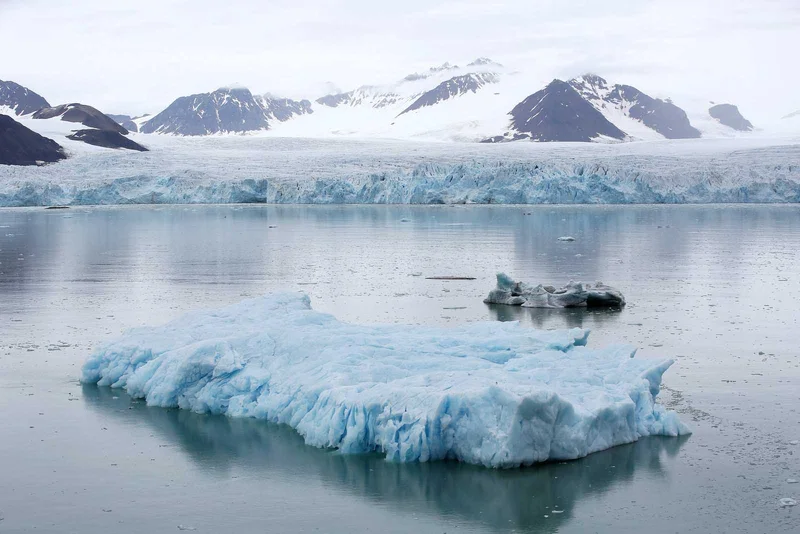
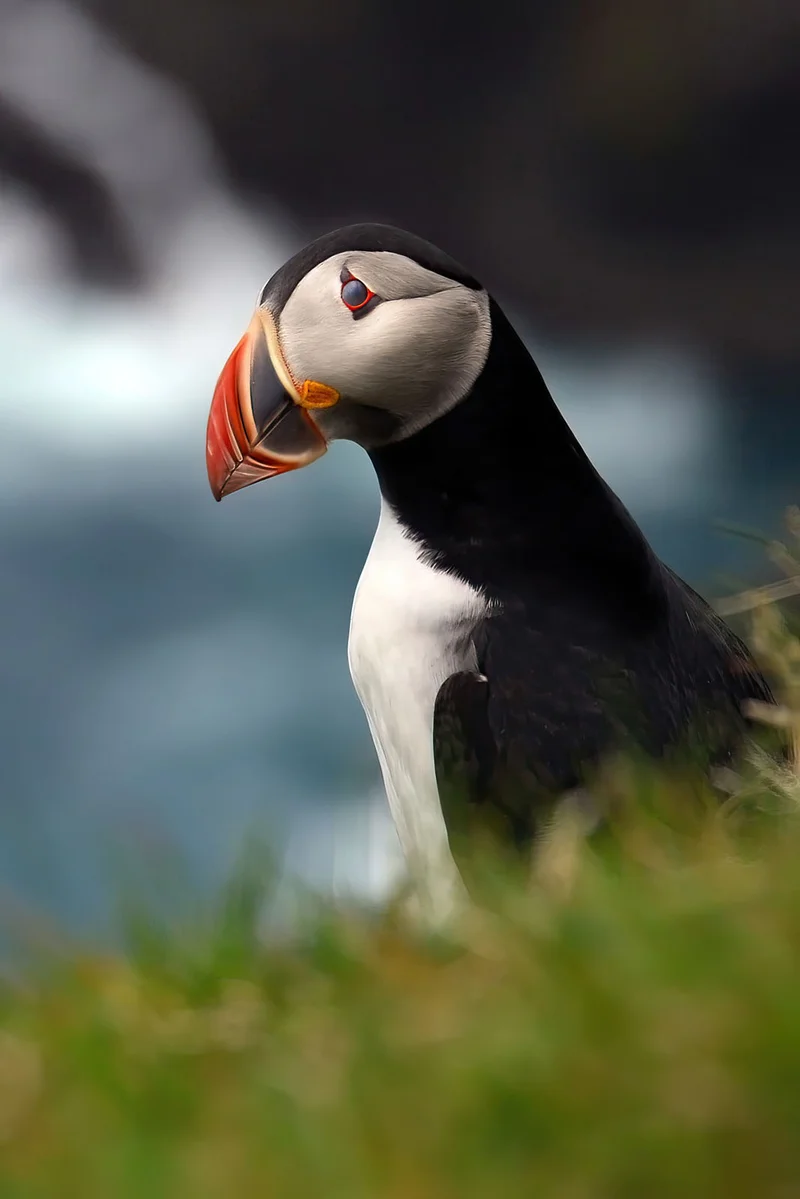

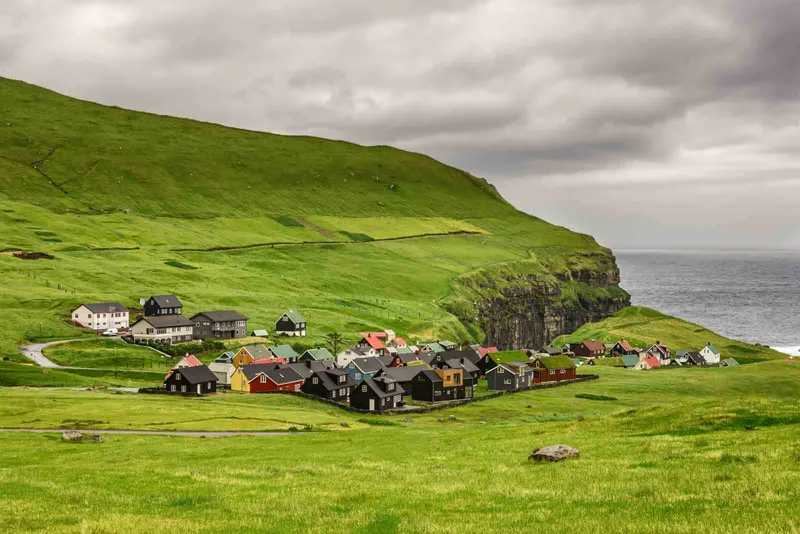

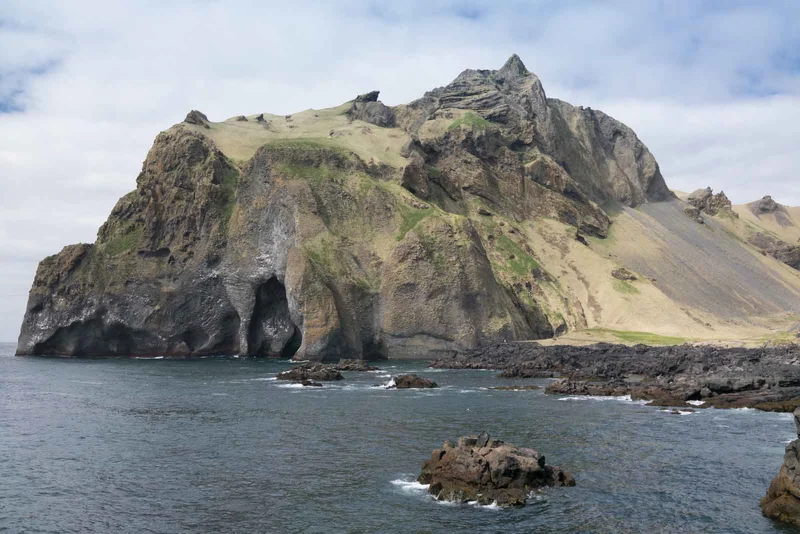
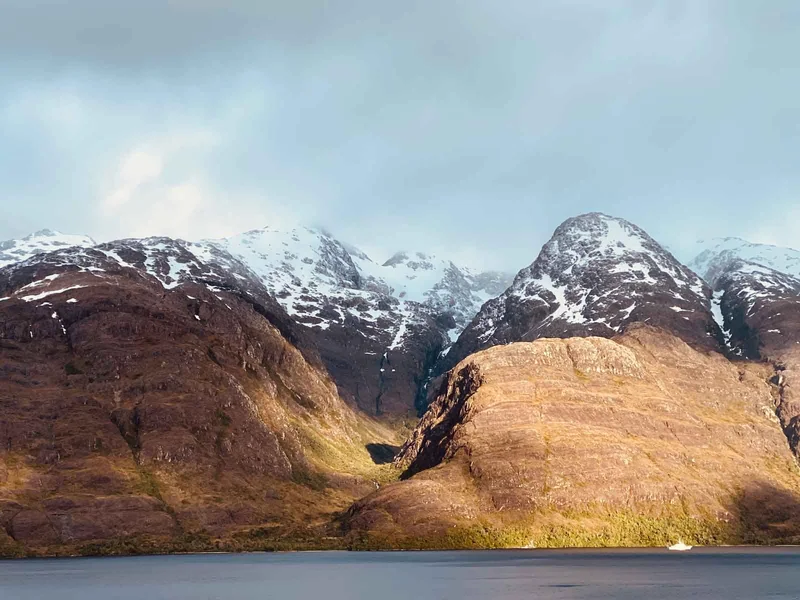


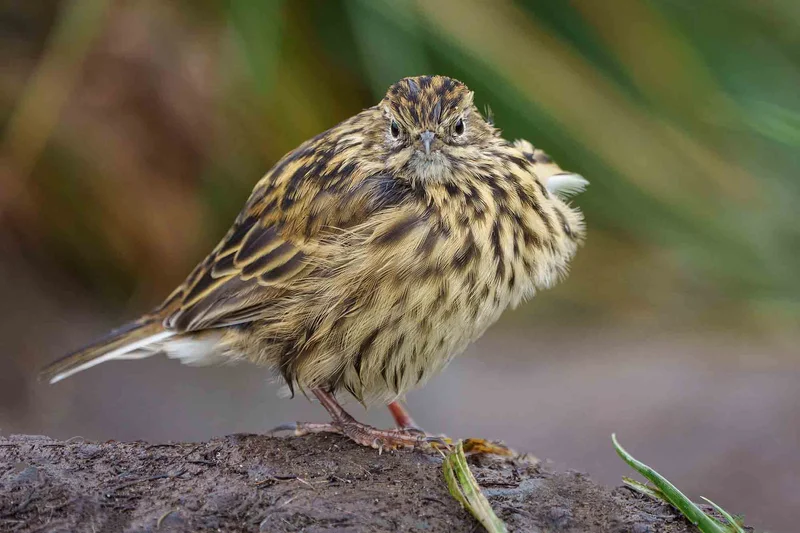

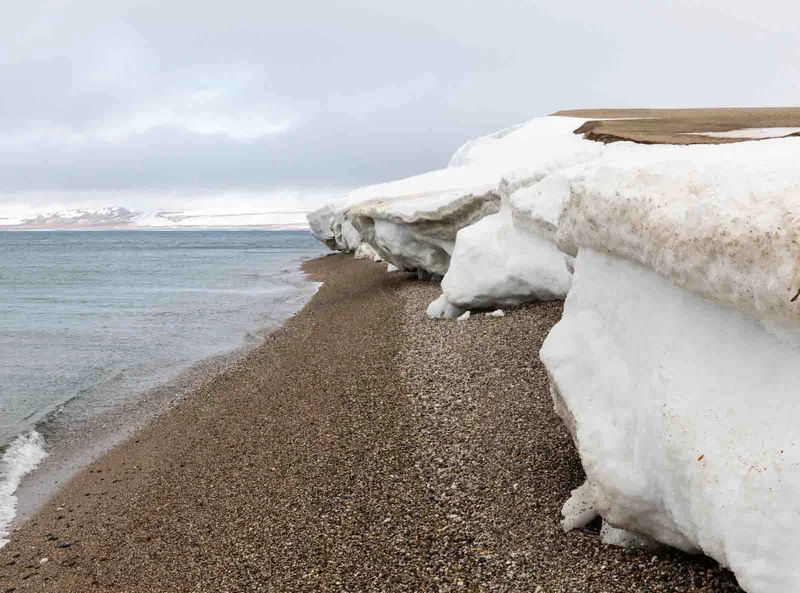
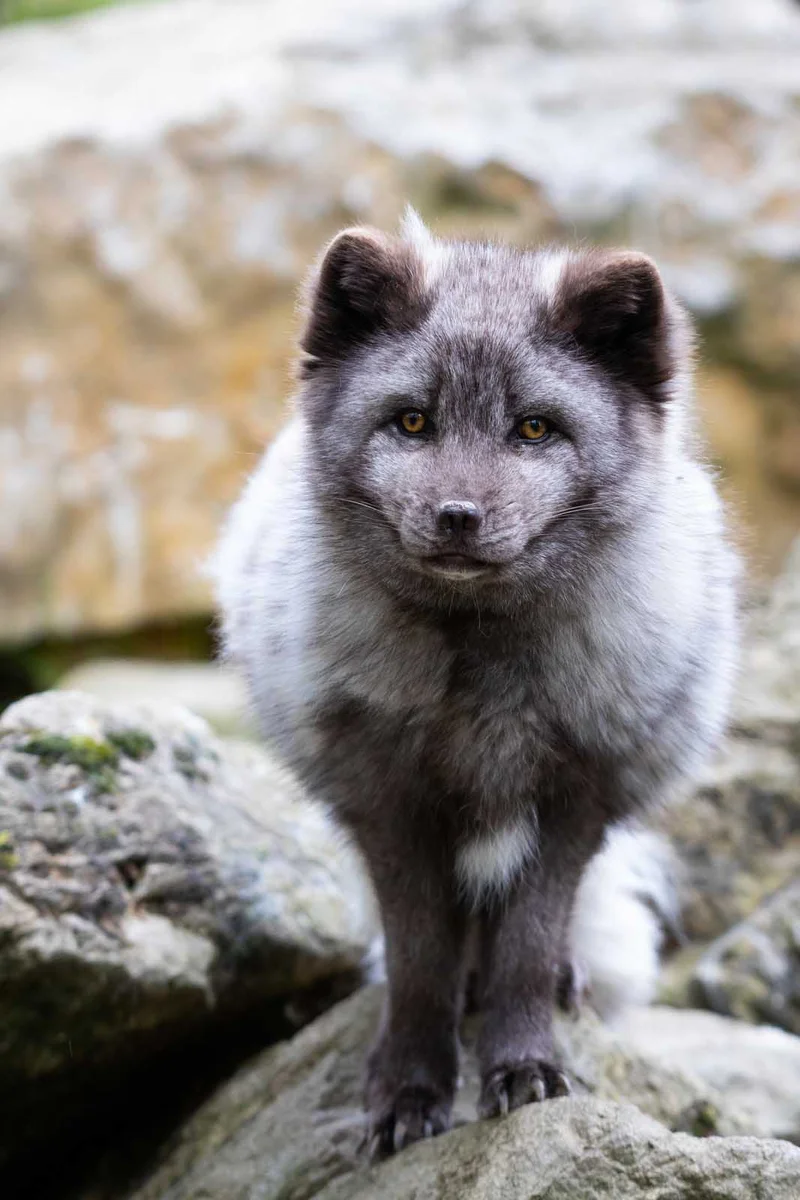


14 Day Artic Itinerary Includes
- Group transfer to the ship on day of embarkation
- Group transfer to airport or central location upon disembarkation
- Shipboard accommodation
- All scheduled landings/excursions
- Leadership throughout the voyage by our Expedition Leader & Expedition Team
- Leadership throughout the voyage by our Expedition Leader & Expedition Team
- WiFi on board
- All meals on board throughout the voyage
- Tea and coffee station 24 hours daily
- Branded Poseidon Expeditions parka
- Rubber boots for shore landings for the time of the cruise
- Welcome and Farewell cocktails
- All port fees
- Predeparture materials
- Digital Voyage Log
14 Day Artic Itinerary Does not Include
- Visa and passport fees (if applicable)
- Luggage and trip cancellation insurance
- Soft drinks and alcoholic beverages other than those for special events and celebrations
- Personal expenses such as laundry and telecommunication charges
- Mandatory Emergency Evacuation Insurance to a minimum benefit of US$ 200,000 per person
- Staff gratuities
14 Day Artic Itinerary Highlights
- Visit the North Pole Expedition Museum to immerse yourself in the stories of past expeditions.
- Marvel at the majestic glaciers and turquoise waters of Northwest Spitsbergen National Park, home to millions of seabirds and marine mammals.
- isit Ny Alesund, a historic Arctic exploration base, and Ny-Alesund, where famed expeditions to the North Pole began.
- Explore the small bay of Virgohamna, where ambitious expeditions like Salomon Andree's balloon attempt to reach the North Pole began.
- Discover the final resting place of Salomon Andree's balloon expedition.
Itinerary Map

14 Day Arctic cruise activities


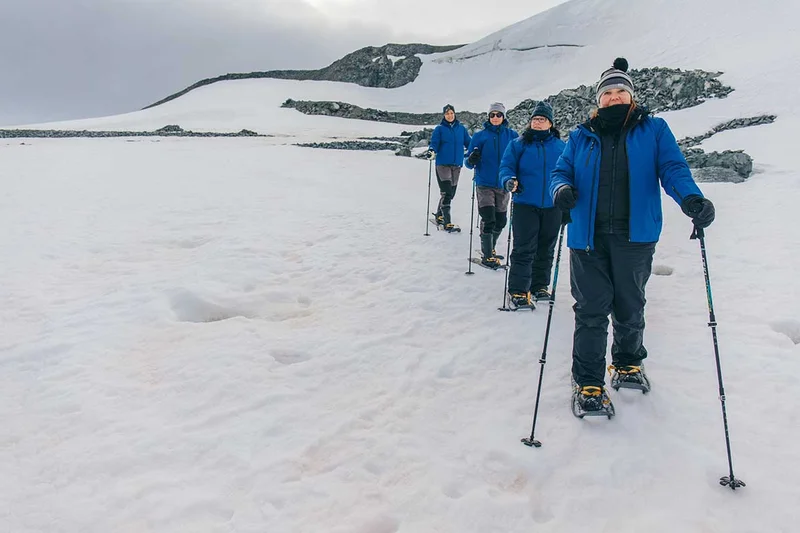
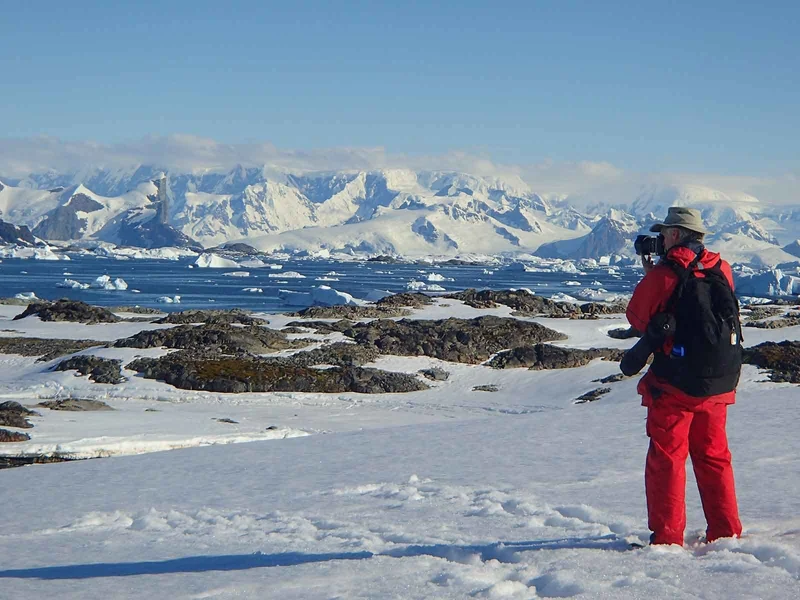
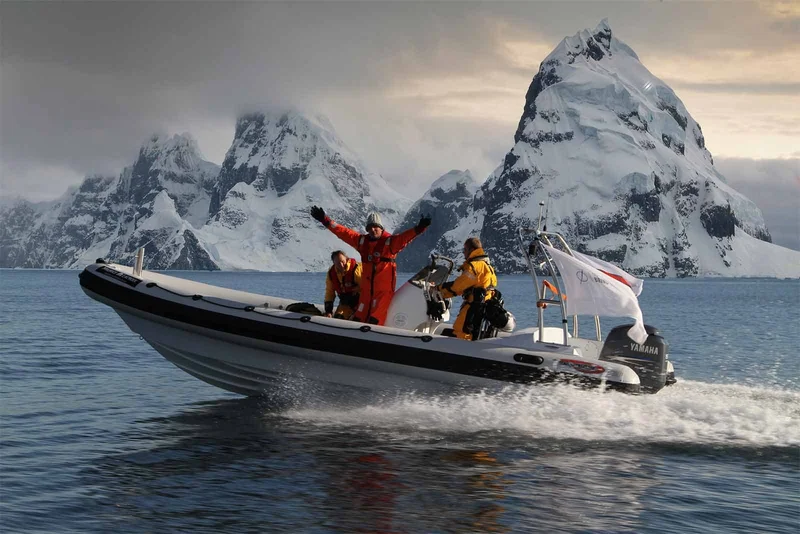

Animals you might see on this itinerary
Historical Expedition Cruise "In the Footsteps of Aviation Pioneers"
Why travel with us?
Would you like to know why booking with us is the best choice?
Discover the BenefitsSimilar Itineraries
